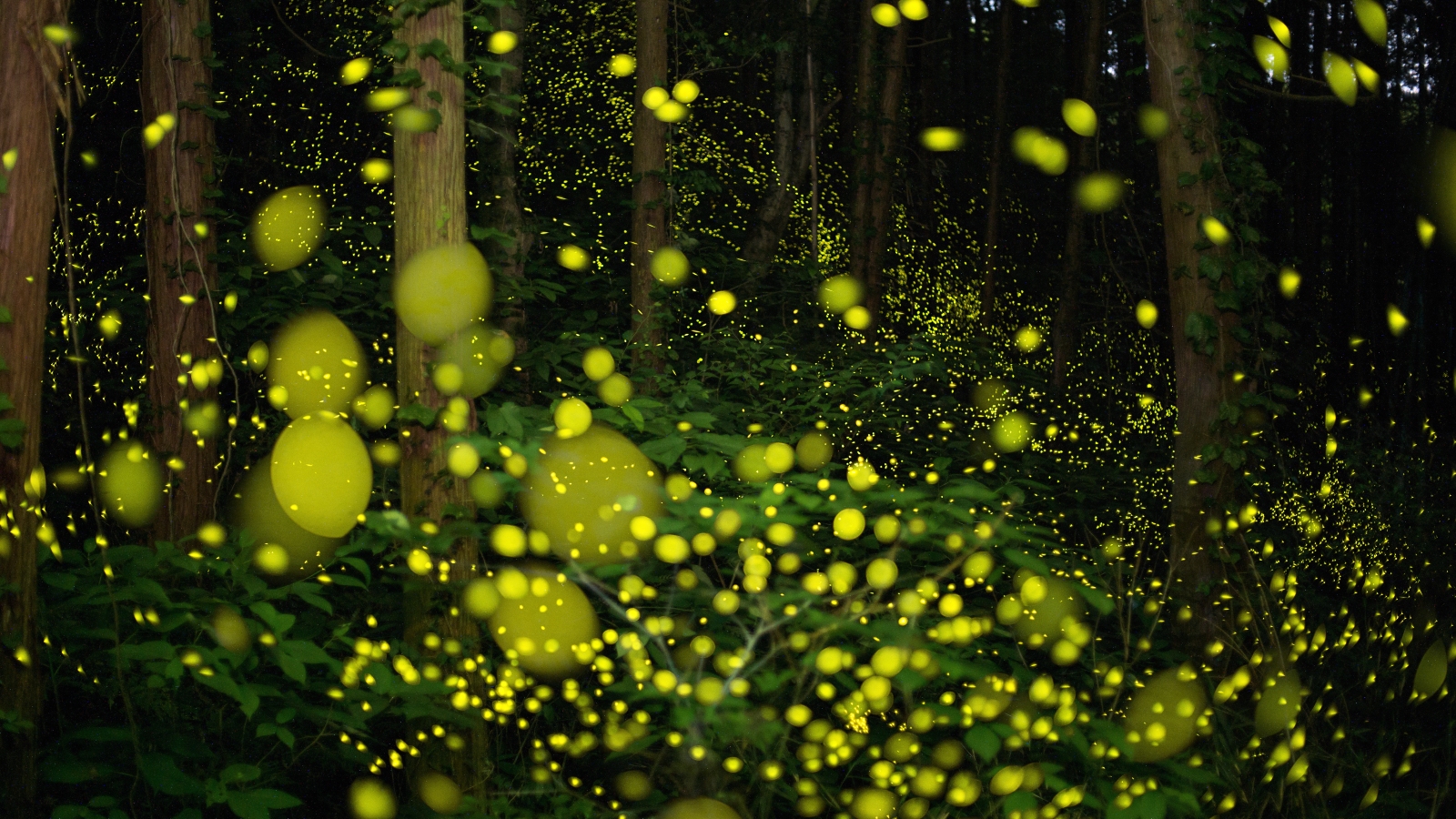Astronomers discover 2nd-ever 'Tatooine' star system with multiple planets orbiting multiple suns
For only the second time, astronomers have discovered multiple "Tatooine worlds," or circumbinary planets, in the same star system.
For just the second time ever, astronomers have discovered multiple "Tatooine worlds," or exoplanets orbiting a pair of stars, in the same star system. The discovery is further proof that these Star Wars-like planets are more common than scientists previously thought.
Tatooine worlds, or circumbinary planets, are exoplanets that exist in star systems with two stars, also known as binary star systems. As a result, an observer standing on one of these planets' surfaces would see two suns in the sky and experience a pair of sunsets, just like Luke Skywalker on the fictional planet of Tatooine.
The first circumbinary planet, known as Kepler-16b, was discovered in 2011. This was closely followed by the discovery of two more examples, Kepler-34b and Kepler-35b, in 2012.. Since then, a total of 14 different circumbinary worlds have been discovered. (NASA's Kepler space telescope, which was decommissioned in 2018, was used to detect a majority of these Tatooine worlds.)
In a new study, published June 12 in the journal Nature Astronomy, astronomers focused their Earth-based telescopes on BEBOP-1, a star system around 1,320 light-years from our planet. The team was attempting to study BEBOP-1b, a circumbinary planet first discovered in 2020. But instead, they detected a new circumbinary planet BEBOP-1c — the 15th known Tatooine world. This also makes BEBOP-1 a multi-planetary circumbinary system (MCS). (The name BEBOP comes from the "Binaries Escorted By Orbiting Planets" project, which discovered the star system.)
Related: What's the maximum number of planets that could orbit the sun?
The researchers' data suggest that the newly discovered BEBOP-1c is around 65 times more massive than Earth, or around five times less massive than Jupiter, researchers wrote in a statement. The previously known BEBOP-1b is around the same size as Saturn.
BEBOP-1 is the second known MCS. The first, Kepler-47, was discovered in 2012 and has three exoplanets.
Get the world’s most fascinating discoveries delivered straight to your inbox.
In the past circumbinary planets were assumed to be extremely rare due to the gravitational complexities of their potential orbits. But the recent spate of discoveries of these worlds shows it is not only possible, but surprisingly common. Given that, up to half of the stars the size of our sun in the Milky Way form in pairs, there could be thousands of these worlds in our galaxy waiting to be found. Past evidence has even suggested that our own sun was possibly part of a binary system before the solar system was formed.
In 2021, researchers also discovered the first "circumtriple planet" orbiting 3 suns in a single system, known as GW Orionis.
The team will continue to study the BEBOP-1 system to learn more about how circumbinary planets form. There is also the chance that the BEBOP-1 system contains even more planets waiting to be detected. The researchers hope to be able to use the state-of-the-art James Webb Space Telescope to peer more closely at this system in the future to find out.

Harry is a U.K.-based senior staff writer at Live Science. He studied marine biology at the University of Exeter before training to become a journalist. He covers a wide range of topics including space exploration, planetary science, space weather, climate change, animal behavior and paleontology. His recent work on the solar maximum won "best space submission" at the 2024 Aerospace Media Awards and was shortlisted in the "top scoop" category at the NCTJ Awards for Excellence in 2023. He also writes Live Science's weekly Earth from space series.




